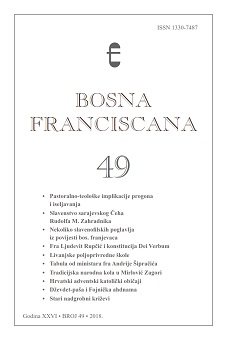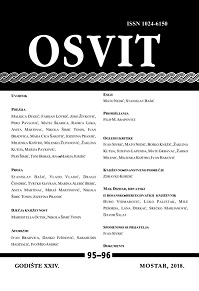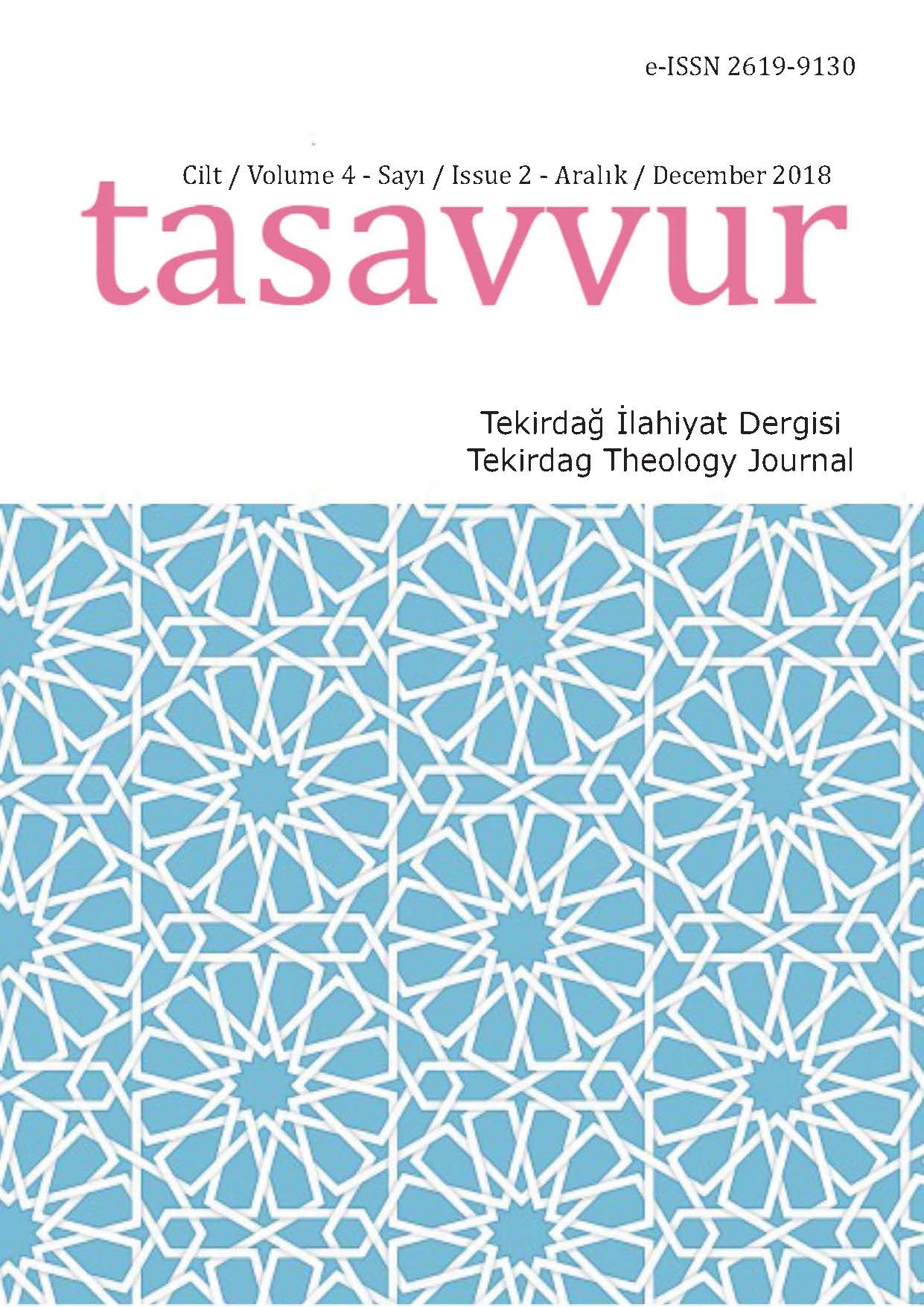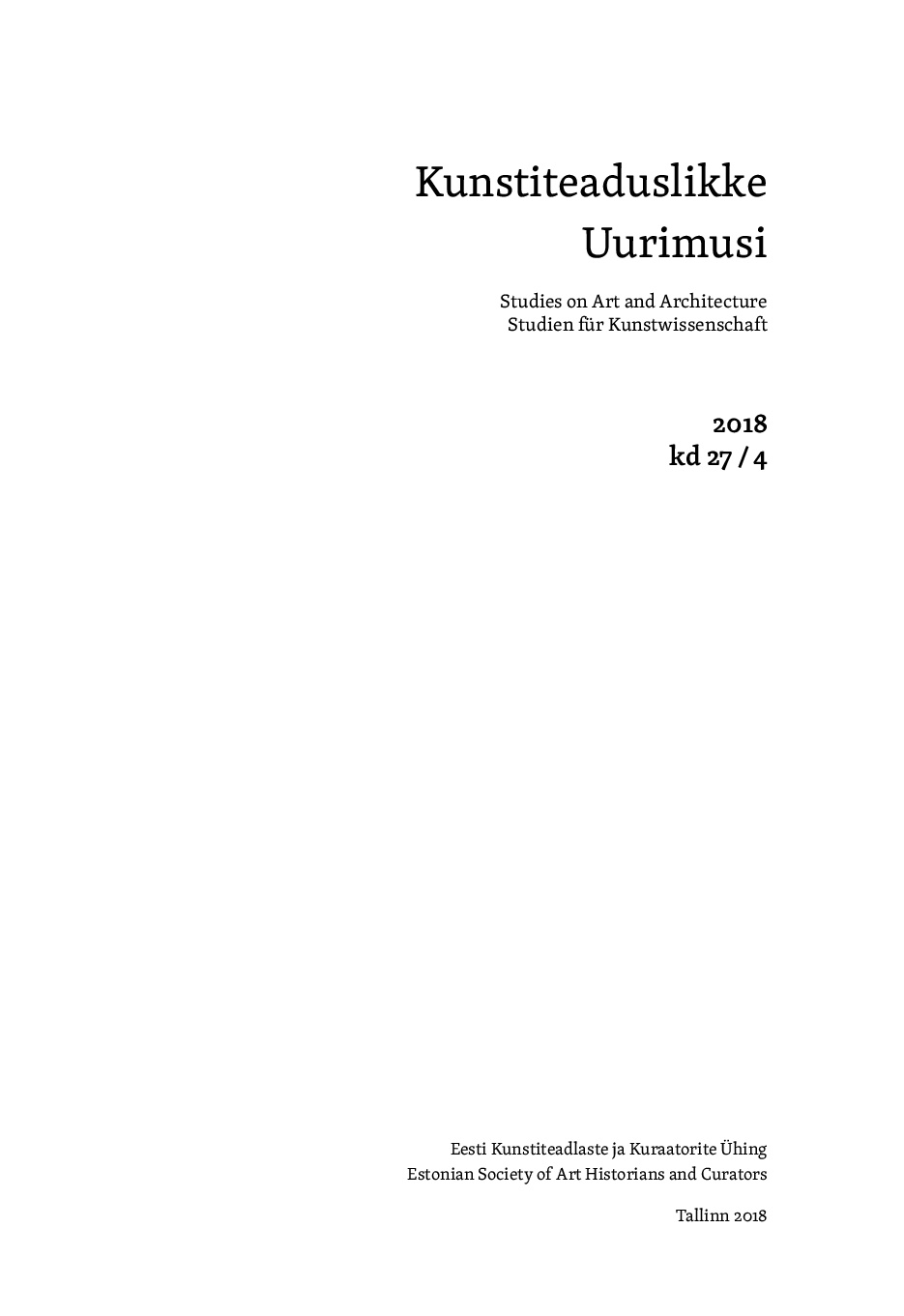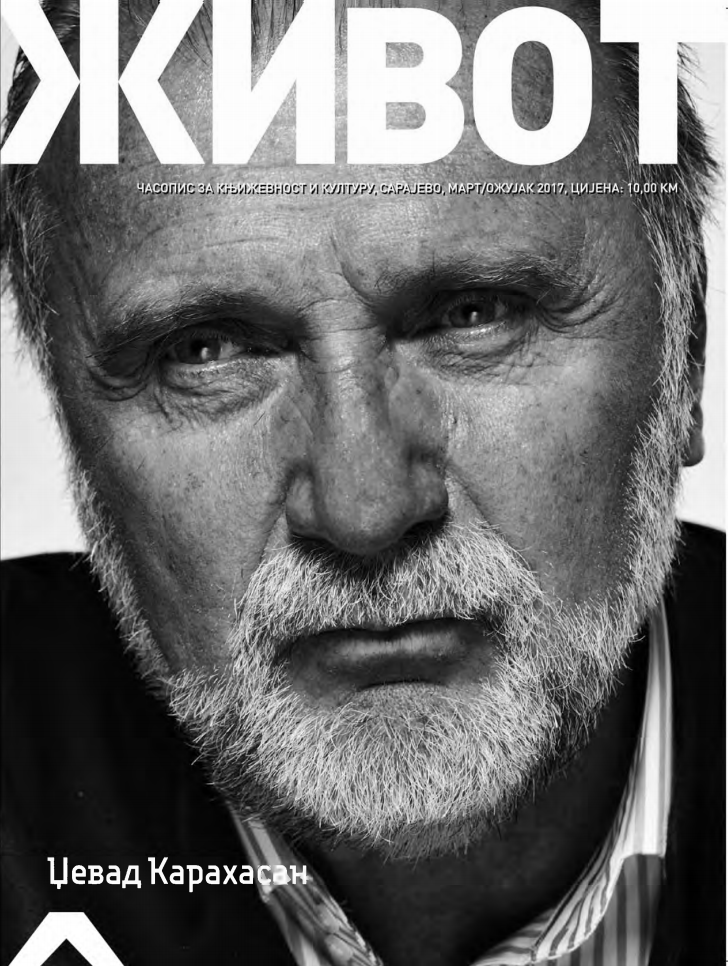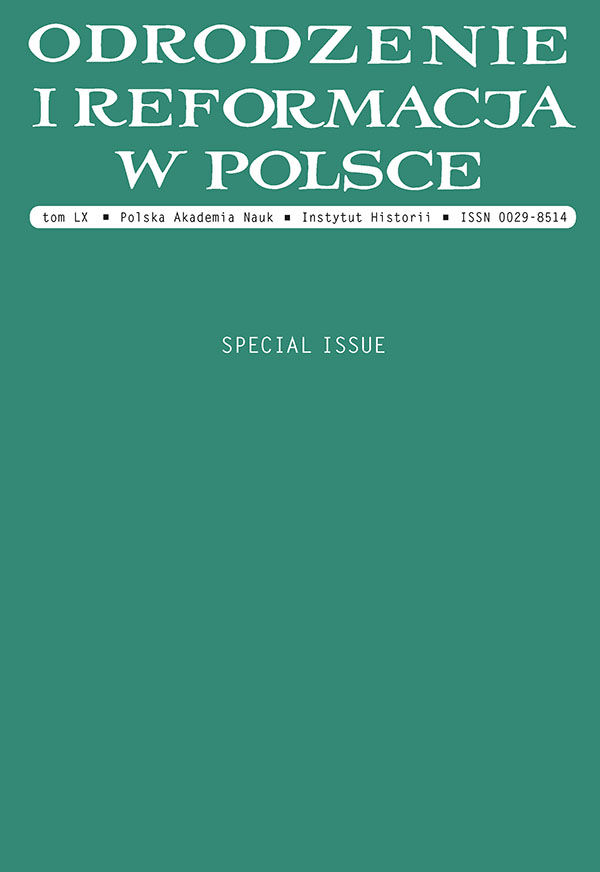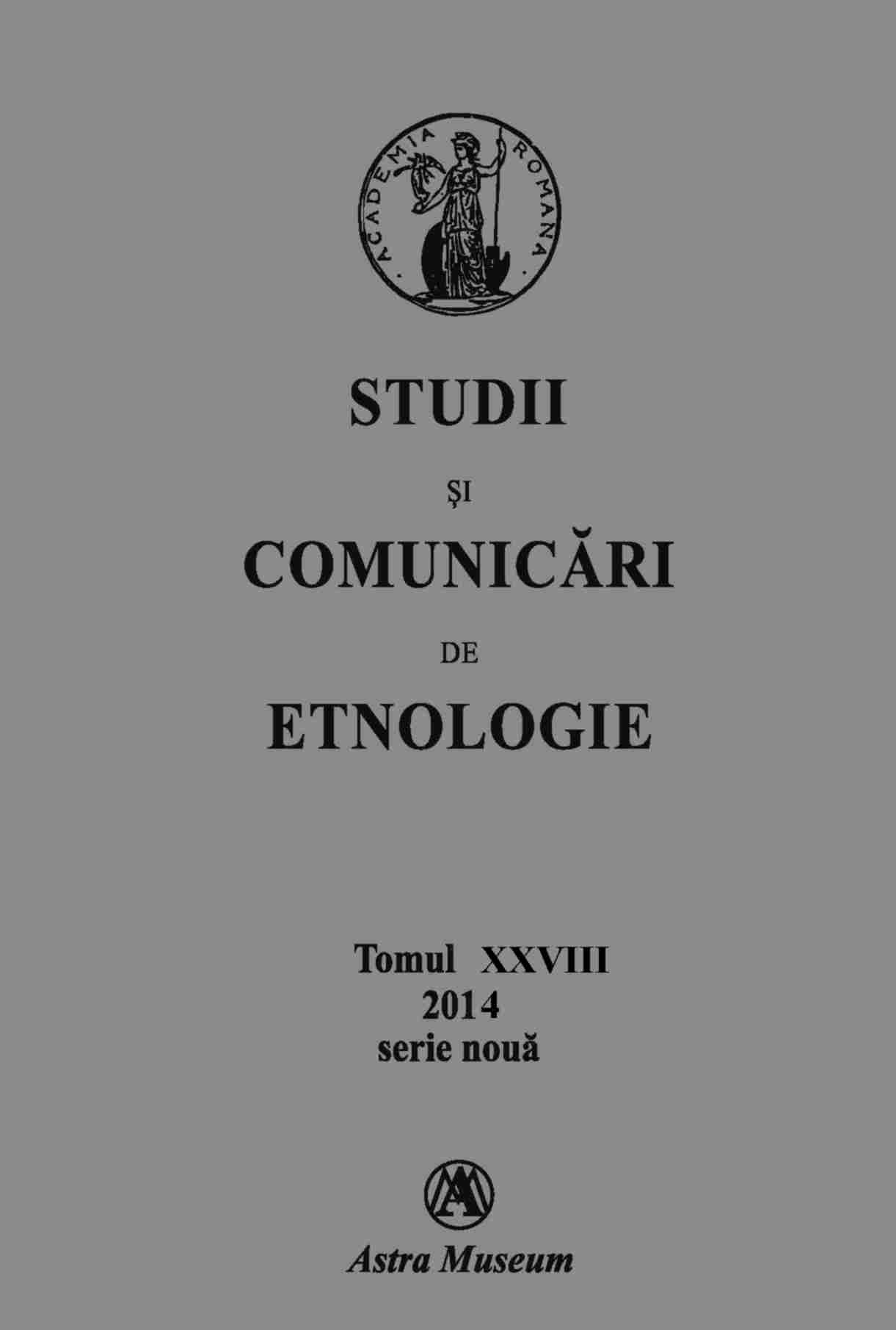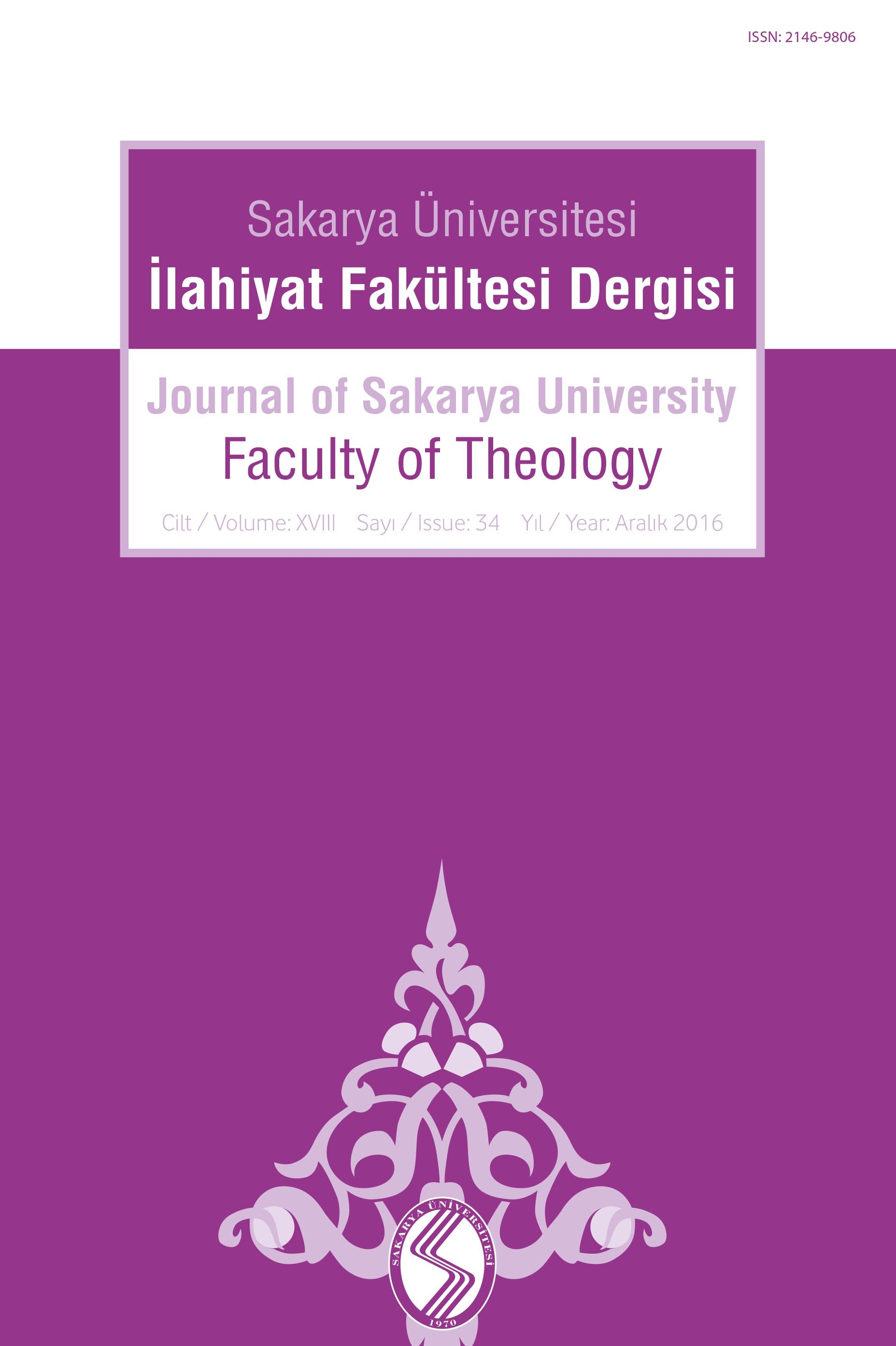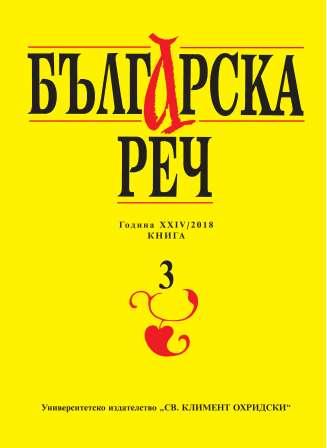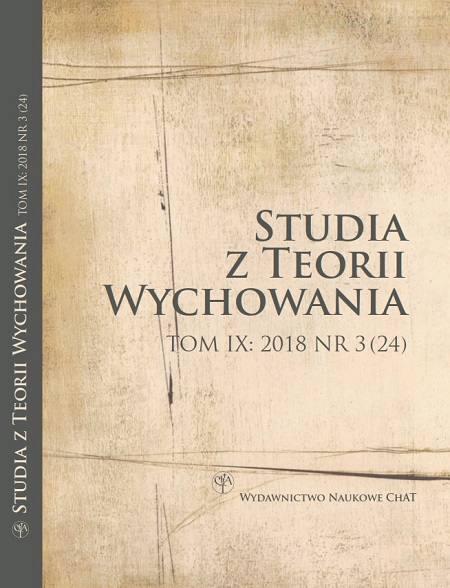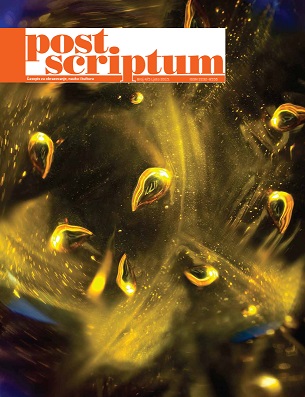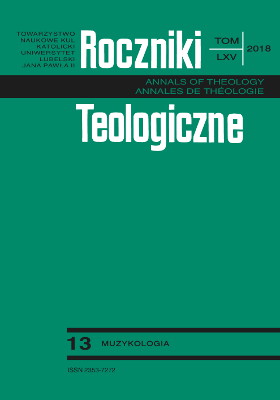
Dźwiękiem i słowem o poezjach Mickiewicza. Wokół lektury książki Stanisław Moniuszko i inni kompozytorzy wobec poezji Adama Mickiewicza
The map of the Polish interdisciplinary music-literary research has been enriched during the last years with significant theoretical and analytic-interpretative publications. Researchers from various disciplines attempt to specify the types of relations that can interconnect the literary text and music – focusing not only on the problem of interference between two systems using different signs but also more and more emphasizing the cultural meaning of the phenomena of this kind. The article comments on the horizons of the Polish research devoted to these issues. It situates in this context the book by Małgorzata Sułek Stanisław Moniuszko and other composers and poetry by Adam Mickiewicz, published in 2016. This study offers also a methodological proposal, organizing the reflections on certain aspects of comparative studies (in the introductory treatise). In the second part it collects the rich analytical material. The musical arrangements of poetry by Mickiewicz, created during 19th to 21th centuries, allow to systematically know a non-obvious aspect of the reception of the heritage of the most famous Polish romantic, various ways of approaching his works and interpreting them – with the use of music.
More...
